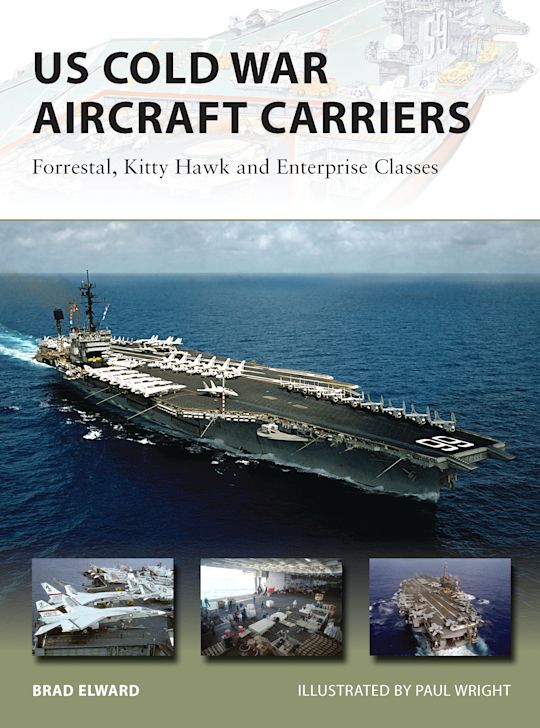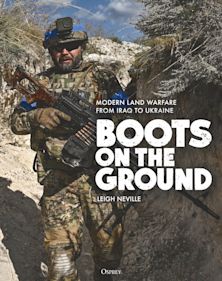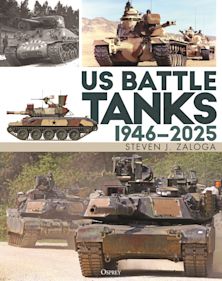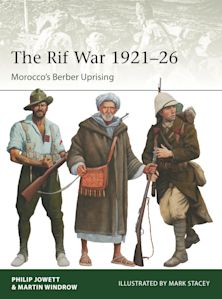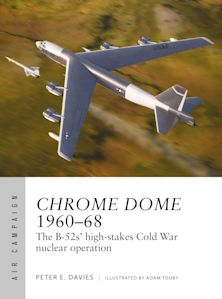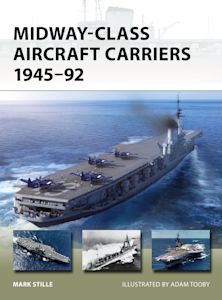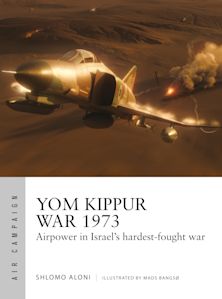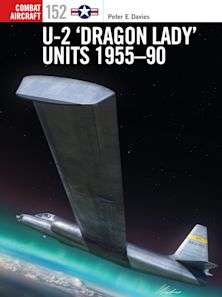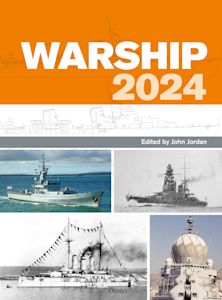US Cold War Aircraft Carriers
Forrestal, Kitty Hawk and Enterprise Classes
US Cold War Aircraft Carriers
Forrestal, Kitty Hawk and Enterprise Classes
Description
An in-depth look at the first US super carriers – from the design and development of the Forrestal, Kitty Hawk and Enterprise classes, to their operational history during the Cold War and beyond.
The Forrestal class (Forrestal, Saratoga, Ranger, and Independence) was the first completed class of US Navy supercarriers, so-named for their 25 percent size increase over the World War II-era carriers such as the Midway class. Design-wise, the Forrestals were a huge improvement over their predecessors, being more stable and comfortable, while maintaining advancements such as the armored flight decks that had been introduced with the Midway.
Brad Elward examines the history of this class of carrier and its successors. The Kitty Hawk class was an improvement on the Forrestal-class designs, and four were built in the 1960s – Kitty Hawk, Constellation, America and John F. Kennedy. These were even longer than the Forrestals, and fitted with advanced defensive weapons systems and an improved elevator layout.
Featuring special illustrations, this is a history of nine iconic carriers that hold a much-respected place in US naval history.
Table of Contents
The Forrestal Class (Carrier Structures; The Flight Deck and Hangar Bay; Launch and Recovery Operations; Significant Structures; Defensive Systems; Electronic Systems and Radar; USS Forrestal; USS Saratoga; USS Ranger; USS Independence)
The Kitty Hawk Class (Major Differences from Forrestal Class; USS Kitty Hawk; USS Constellation; USS America; USS John F. Kennedy)
Enterprise – A Class of Its Own (Design and Development; Electronic Systems and Radar; Propulsion)
Operational History (The Forrestal and Enterprise Fires; Carrier Air Wing Evolution)
Product details
| Published | Mar 20 2014 |
|---|---|
| Format | Ebook (Epub & Mobi) |
| Edition | 1st |
| Extent | 48 |
| ISBN | 9781472807786 |
| Imprint | Osprey Publishing |
| Illustrations | 15 b/w; 32 col |
| Series | New Vanguard |
| Short code | NVG 211 |
| Publisher | Bloomsbury Publishing |
Reviews

Resources
Discover More
Visit our exclusive member's website to see artwork, maps, and more from this book.

Resources
Book Vote
Tell us what titles you would like to see published by Osprey, then vote for your favourites in our monthly book vote!

